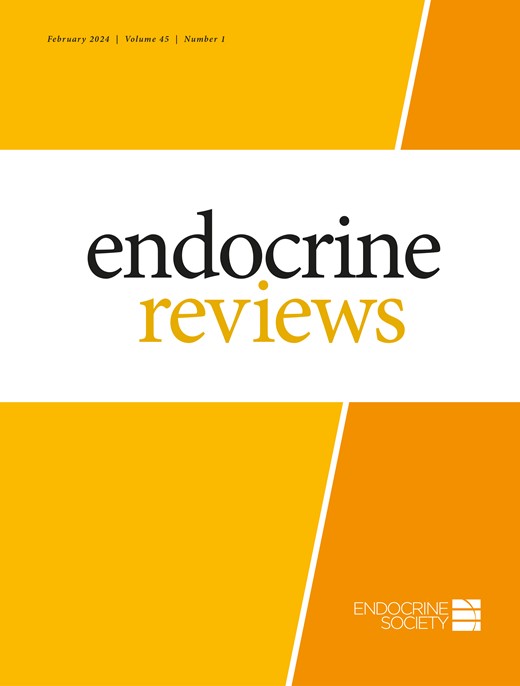Glycerol and glycerol-3-phosphate: multifaceted metabolites in metabolism, cancer and other diseases.
IF 22
1区 医学
Q1 ENDOCRINOLOGY & METABOLISM
引用次数: 0
Abstract
Glycerol and glycerol-3-phosphate are key metabolites at the intersection of carbohydrate, lipid and energy metabolism. Their production and usage are organismal and cell type specific. Glycerol has unique physicochemical properties enabling it to function as an osmolyte, protein structure stabilizer, antimicrobial and antifreeze agent, important to preservation of many biological functions. Glycerol and glycerol-3-phosphate are implicated in many physiological and disease processes relating to energy metabolism, thermoregulation, hydration, skin health, male fertility, aging, and cancer. Glycerol has countless applications in the food, pharmaceutical and cosmetics industries. It is used as a sweetener, preservative, thickening agent, humectant, osmolyte and cryoprotectant. It is widely used in skin and wound care products, laxatives, in cell and tissue preservation and in medicines for numerous conditions. Here, we review the multiple uses and functions of glycerol and glycerol-3-phosphate and associated transporters, enzymes and target genes in health, senescence and disease. We discuss the evidence that glycerol may be present at much higher levels in tissues and cells than in the blood. We bring particular focus to the newly identified glycerol shunt in the direct formation of glycerol independent of lipolysis and as a pathway allowing cells to adapt to various stresses. Relevant to chronic metabolic diseases, cancer and aging, glycerol and glycerol-3-phosphate presents important translational implications and thus warrants much more attention.甘油和甘油-3-磷酸:代谢、癌症和其他疾病中的多方面代谢物。
甘油和甘油-3-磷酸是碳水化合物、脂质和能量代谢的关键代谢物。它们的产生和使用是机体和细胞类型特有的。甘油具有独特的物理化学性质,可以作为渗透剂、蛋白质结构稳定剂、抗菌剂和防冻剂,对保存许多生物功能很重要。甘油和甘油-3-磷酸参与许多与能量代谢、体温调节、水合作用、皮肤健康、男性生育能力、衰老和癌症相关的生理和疾病过程。甘油在食品、制药和化妆品行业有无数的应用。它被用作甜味剂、防腐剂、增稠剂、湿润剂、渗透剂和冷冻保护剂。它广泛用于皮肤和伤口护理产品,泻药,细胞和组织保存以及许多条件下的药物。本文综述了甘油和甘油-3-磷酸及其相关转运体、酶和靶基因在健康、衰老和疾病中的多种用途和功能。我们讨论甘油在组织和细胞中的含量可能比在血液中的含量高得多的证据。我们特别关注新发现的甘油分流,它在不依赖于脂解的情况下直接形成甘油,并作为允许细胞适应各种压力的途径。甘油和甘油-3-磷酸与慢性代谢疾病、癌症和衰老有关,具有重要的转化意义,因此值得更多的关注。
本文章由计算机程序翻译,如有差异,请以英文原文为准。
求助全文
约1分钟内获得全文
求助全文
来源期刊

Endocrine reviews
医学-内分泌学与代谢
CiteScore
42.00
自引率
1.00%
发文量
29
期刊介绍:
Endocrine Reviews, published bimonthly, features concise timely reviews updating key mechanistic and clinical concepts, alongside comprehensive, authoritative articles covering both experimental and clinical endocrinology themes. The journal considers topics informing clinical practice based on emerging and established evidence from clinical research. It also reviews advances in endocrine science stemming from studies in cell biology, immunology, pharmacology, genetics, molecular biology, neuroscience, reproductive medicine, and pediatric endocrinology.
 求助内容:
求助内容: 应助结果提醒方式:
应助结果提醒方式:


